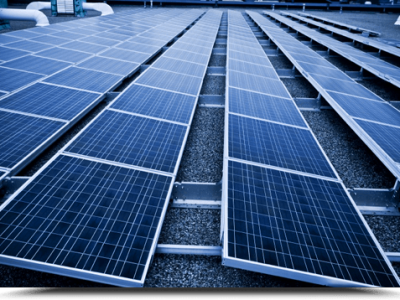distributed generation
Guest Blogger David Spence: Why Some Electricity Markets Will Struggle With Decarbonization
David Spence is Professor of Law, Politics & Regulation at the University of Texas at Austin
Recently the New York Times published an article chronicling the financial problems experienced by one of the world’s premier developers of concentrated solar power (CSP) facilities. The financial headwinds facing CSP are a sign of a more fundamental problem electricity markets face: namely, capturing all of the important values we attach to electricity production. Most …
CONTINUE READINGThe Grid is Always Greener …
New York electricity regulators are working hard on “Reforming the Energy Vision”
It seems to be an undeniable part of human nature. When we consider making changes – whether it has to do with the place where we live, the business we are in, or the partner we choose – we tend to compare the flaws of the thing we know to the ideal version of the …
Continue reading “The Grid is Always Greener …”
CONTINUE READINGSolar Tariff Wars Heat Up
States that have helped boost rooftop solar installations through so-called net metering policies are beginning to scale back their subsidies under pressure from utilities. As ClimateWire reported today (here’s the link but it’s behind a paid subscription wall), Hawaii’s largest utility has just proposed rolling back the state’s net metering policy, joining Arizona, California, …
Continue reading “Solar Tariff Wars Heat Up”
CONTINUE READINGGetting Permission to Go Solar
Last summer, Berkeley’s Center for Law, Energy and the Environment (CLEE) issued a report, at the request of Governor Jerry Brown, identifying barriers to the accelerated deployment of “distributed” renewable energy projects. This document was the result of a stakeholder conference hosted by the Governor, located on campus at UCLA, and substantively managed by Berkeley …
Continue reading “Getting Permission to Go Solar”
CONTINUE READINGExploring Policies to Promote Local Renewables
Last July, California Governor Jerry Brown held a conference, hosted by the Luskin Center at UCLA, to launch his initiative to achieve 12,000 megawatts of local renewable energy projects in California by 2020. Local renewables, often called distributed generation, are projects no larger than 20 megawatts located close to customer demand. Berkeley Law’s Center for …
Continue reading “Exploring Policies to Promote Local Renewables”
CONTINUE READINGLocalized Renewable Energy Conference in San Diego, February 2nd
A heads-up for Legal Planet readers in the San Diego area (or those who would like to be in the San Diego area) on Thursday, February 2nd: the Environmental Law Section of the California State Bar will be holding a one-day conference on localized renewable energy generation at the University of San Diego School of …
Continue reading “Localized Renewable Energy Conference in San Diego, February 2nd”
CONTINUE READINGJerry Brown’s Push for Local Renewable Power
Local renewables – those photovoltaics, small wind turbines, etc. on people’s roofs, and in public spaces close to demand – how big of a role can they play in our renewable energy future? Berkeley and UCLA law schools wrote about that topic in In Our Backyard, and California’s Governor Jerry Brown made this question a …
Continue reading “Jerry Brown’s Push for Local Renewable Power”
CONTINUE READINGSolar Power — More Reliable Than You Might Think
Wind and solar power are intermittent — we can rely on them to make power only when the wind blows or the sun shines. And it can cost a lot (in terms of dollars and the environment) to fill in the gaps with conventional power sources. That’s why the development of energy storage is so …
Continue reading “Solar Power — More Reliable Than You Might Think”
CONTINUE READING…and another thing about electric rates and the environment…
Last week, I wrote about how a proposal to change the design of residential electric rates might get in the way of efforts to encourage energy efficiency. Sushil Jacob, a keen-eyed student in my Energy Regulation and the Environment class, points to another potential problem. PG&E, the largest utility providing service in California, wants …
Continue reading “…and another thing about electric rates and the environment…”
CONTINUE READINGOp-ed on local renewable energy production
Assemblywoman Nancy Skinner (D-Berkeley) and I authored an op-ed in the San Francisco Chronicle today that outlines steps California can take to boost significant renewable energy production, such as from wind and solar resources, from our large rooftops, highway land, aqueduct infrastructure, and other big spaces close to consumers. These recommendations were informed by a …
Continue reading “Op-ed on local renewable energy production”
CONTINUE READING





